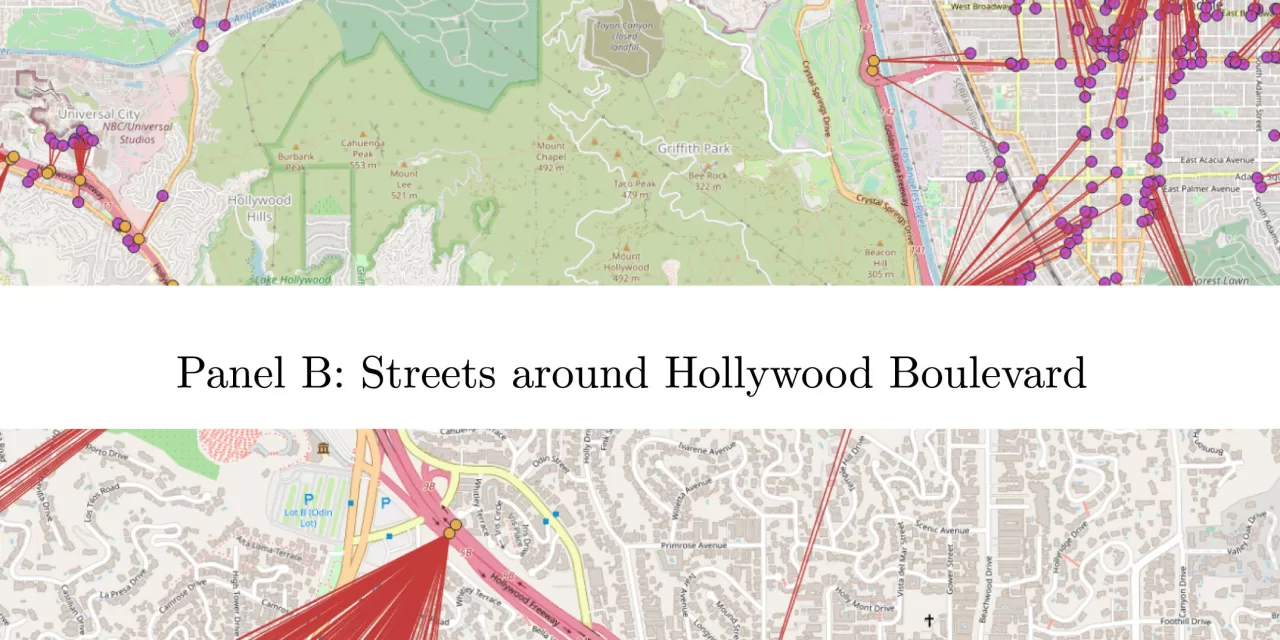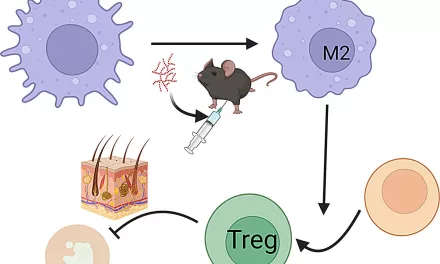B February 4, 2025
In today’s fast-paced world, traffic delays are a common frustration, but they might be having an unexpected impact on our eating habits. New research from the University of Illinois Urbana-Champaign has found that delays caused by traffic congestion are leading to more frequent visits to fast food restaurants, a pattern that could contribute to unhealthy eating for millions of people each year.
The study, published in the Journal of Urban Economics, focuses on Los Angeles County, where unexpected traffic delays were linked to a 1% increase in fast food visits. While this may seem like a small figure, it equates to an additional 1.2 million fast food visits annually in LA County alone. This finding highlights how even minor delays can have a significant effect on food choices, particularly in terms of convenience versus healthier options.
The Study
Becca Taylor, an assistant professor in the Department of Agricultural and Consumer Economics at Illinois and lead author of the study, explained, “Our analysis shows that traffic delays beyond usual congestion can influence the choice to eat fast food. While the 1% increase might appear modest, it has meaningful implications when you consider the large number of people involved.”
Using data collected over more than two years, the research team analyzed traffic patterns and fast food visits across the county. By combining traffic data with cell phone tracking information of fast food restaurant entries, the researchers were able to establish a clear causal relationship between unexpected slowdowns and increased fast food consumption.
The pattern remained consistent across different time scales. Even a brief 30-second delay per mile during the day was enough to trigger a 1% spike in fast food visits. The most noticeable effects were observed during the evening rush hour, between 5 and 7 p.m., a time when drivers often face decisions between cooking dinner at home, stopping for groceries, or picking up fast food.
“We found that when there’s traffic during the evening, more people opt for fast food, while grocery store visits decrease slightly,” said Taylor.
Wider Implications
The researchers emphasize that their findings are not confined to Los Angeles alone. Since most major cities have similar patterns of traffic congestion and fast food establishments located along major roads, the effects could be seen in urban areas worldwide.
The study’s authors argue that addressing traffic congestion through better infrastructure, expanding public transportation options, and promoting remote work could alleviate time pressures and reduce the temptation to choose fast food as a quick meal solution.
“As cities grow and traffic congestion worsens, it becomes even more critical to consider how these factors influence our food choices,” said Taylor. “Policies that ease time constraints—like reducing traffic delays—could help reduce unhealthy eating habits.”
Moving Forward
In conclusion, this research provides valuable insight into how urban living impacts daily habits, particularly eating behaviors. By highlighting the role of traffic in driving unhealthy food choices, the study offers a new perspective on how urban planning and infrastructure reforms can influence public health. As cities continue to expand, it is crucial for policymakers to prioritize solutions that improve traffic flow and encourage healthier lifestyle choices.
Disclaimer: The views expressed in this article reflect the findings of the study conducted by the University of Illinois Urbana-Champaign and do not necessarily represent the views of the publication or the authors.












